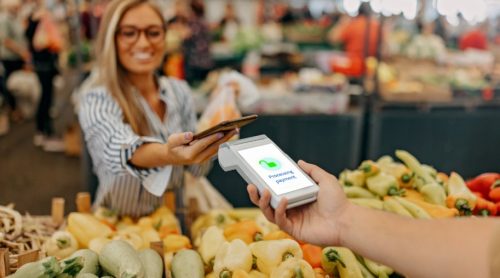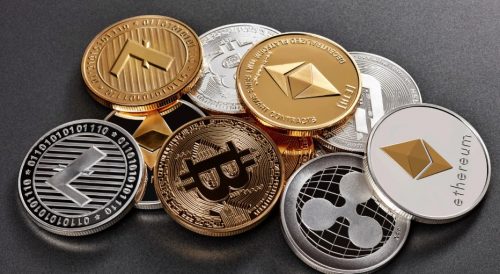In the US, payments are still dominated by the more traditional methods, but some of the more niche and modern methods are beginning to break through. Still, the many benefits of one of the newest ways to pay are becoming increasingly well-known, and adoption is rapidly rising.
Crypto adoption has surged in under a decade, and people want to use the coins for their everyday payments, like at supermarkets.
Following Bitcoin hitting the headlines in 2017, the compound annual growth rate clocked in at 99 per cent from 2018 to 2024 . This does leave an average ownership of around seven per cent, but equally, that’s over 560 million people globally. With this in mind, should major supermarkets start to accept crypto – and if they want to, is it possible to do so?
The Technology is There to Facilitate Crypto Payments
Crypto may have hit the headlines as an investment vehicle, but its original purpose, as laid out by Satoshi Nakamoto, the pseudonymous creator of Bitcoin, was to enable transparent and secure peer-to-peer transactions.

It’s meant to be used as money, and so it’s intended to be fairly easy to fit into existing systems to facilitate crypto payments, including for the most fundamental items, like food.
Of course, these differ from those of fiat currencies, which can lead to people thinking it’s an overly complicated process. Rather, crypto payment gateway integration has already been streamlined in preparation for the anticipated rush of users wanting to pay with crypto at food stores and the like. With these gateways, the process has been simplified. The way that it works is rather simple.
The payment gateway begins by creating a unique crypto address for the business. Then, the gateway from the customer’s side will allow for payments to be sent directly to that address.
The payment is then confirmed on the blockchain that underpins the system, and the merchant then gets a notification. As can be seen, it’s very similar to what exists and would seamlessly blend into a supermarket’s current payment setup.
The electronic system can be integrated into just about any applicable system, including where it’d be most advantageous to do so: self-checkout systems at supermarkets.
Self-checkouts were introduced as a way to streamline the payment process, and that’s exactly the kind of selling point that appeals to crypto adopters. With the right gateway, integration could be seamless and create a USP for that supermarket.
Early Adoption of Crypto Payments Could Be a Major Selling Point

There are already a few ways to pay with crypto at supermarkets, but for the most part, the methods aren’t direct. Gift cards are where crypto users are pointed when they want to pay for goods at a supermarket.
Almost all of the major supermarkets offer ways of buying gift cards to use there, and there are plenty of platforms that let customers buy these gift cards with crypto.
It’s through other means that many of the supermarkets that supposedly accept crypto take these payments. Whole Foods accepts purchases through Flexa, and Walmart gift cards can be purchased with crypto.
Convenience store chain Sheetz is one of the few that caters to the purchase of goods with crypto. So, clearly, paying for food with crypto isn’t really catered to as of yet.
Accepting crypto remains very niche, but with adoption growing, more supermarkets will be looking to integrate ways of directly paying with crypto in the near future. After all, the tech to facilitate this is ready to go.



































